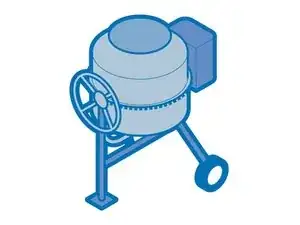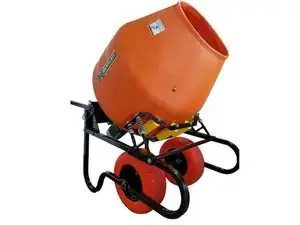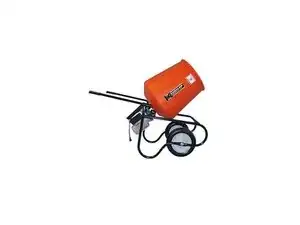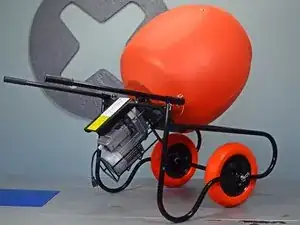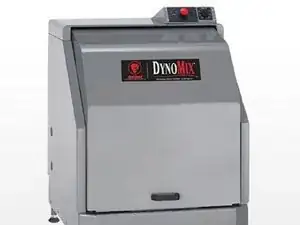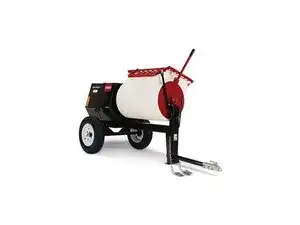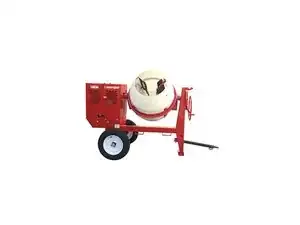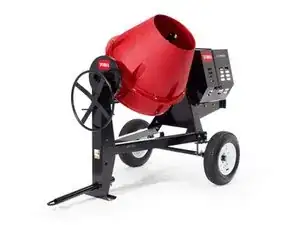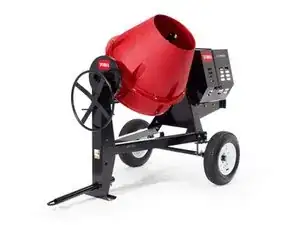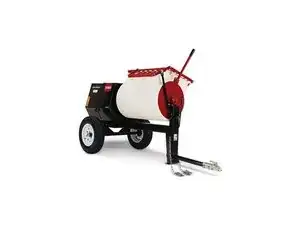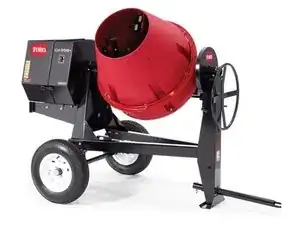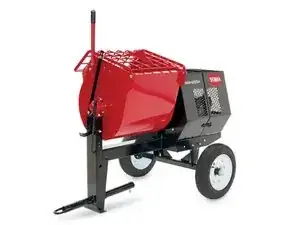Background and Identification
Cement mixers (also known as concrete mixers) combine materials to form concrete. They aim to produce a homogenous mixture of cement, water, sand/gravel, etc. to form concrete that can be used for various construction projects.
Cement mixers typically have a revolving drum that mixes the components in the tank. Portable concrete mixers allow builders to mix their concrete on-site, ensuring it doesn’t dry before it can be used. Without cement mixers, concrete must be made by hand, which can be a very labor-intensive process.
Concrete mixers have been around since the early 1900s. Since the first concrete mixers, numerous concrete mixer iterations have led to design improvements. Concrete mixers available on the market today include twin-shaft mixers, vertical axis mixers, and drum mixers. In addition to being deployed in portable devices, concrete mixing technology is often integrated into concrete mixing transportation trucks. These transportation trucks allow concrete to be prepared as it travels to its destination, maximizing construction efficiency.
Portable concrete mixers have a tank, concrete mixing drum, motor, and support stand that usually connects to wheels for increased portability. Concrete mixers are made by a variety of manufacturers, including Ryobi, Yardmax, Kushlan, Stark, and more.
